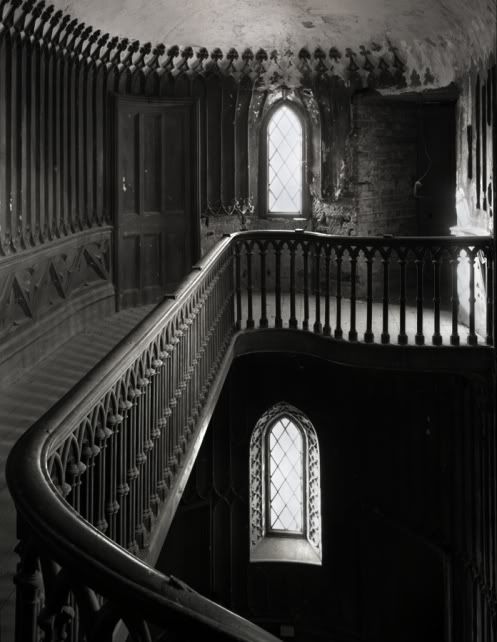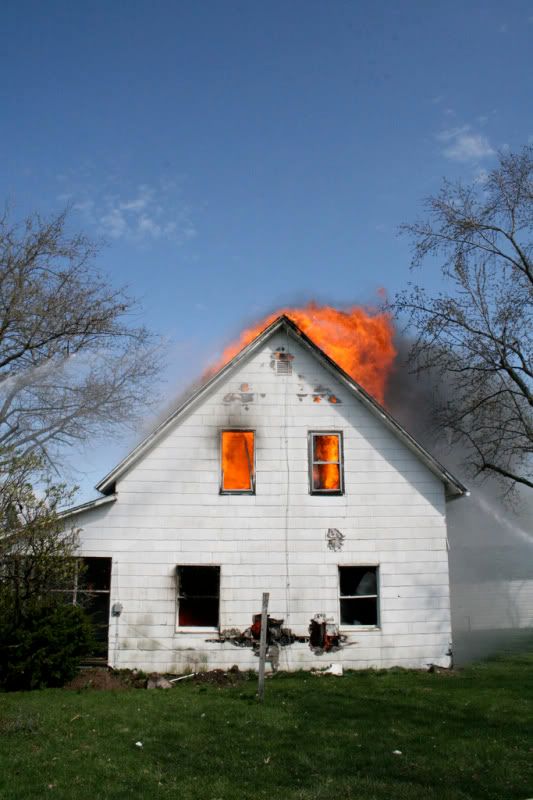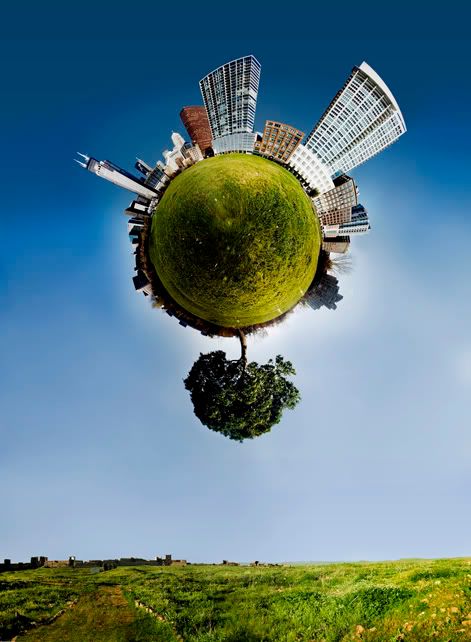
Harriet's Staircase - Image by Matt Austin - Columbia College, Chicago, IL
Though this photograph, without a doubt, could stand alone as a spectacle of beauty to gaze upon and wonder about, it is the origin of the historical context of this location I consider to be particularly important. It gives the mind an idea of a time and a place for one's imagination to explore the past through the eye of the present. Knowing what has happened, what is happening, or what the future may hold for the subject of any photograph can give the viewer yet another way in which to view it. Take a minute to look at it again, make assumptions, draw conclusions, use your imagination.
This image was taken at the Charleville Forest Castle in Tullamore, Co. Offaly in Ireland. The castle itself was commissioned by Charles William Bury in 1798, finished in 1812, and has been rated the second most haunted castle in Europe by a number of paranormal activity professionals and other sources. The staircase you see is where the daughter of the 3rd Earl of Charleville, Harriet, fell to her death at the age of eight in April of 1861. She went upstairs to her room to wash her hands and on her way back down, tried to slide down the banister but fell from the point that is in the direct foreground of the photograph. The family put up a brass fence around those parts of the stairwell to prevent anyone from falling again, but over the years, the brass was stolen from the house. Her ghost is the one that is most commonly reported to have been seen/experienced in the castle.
Perhaps it is because of my personal beliefs and interest in the possibility of the existence of the paranormal that I find this story unusually fascinating. Regardless of my own beliefs on that subject matter, however, it fascinates me to know that after one hundred and forty-seven years, the life and death of one eight year old girl is represented and remembered through one still image of the place she used to be. I go on to think that had she not fallen and met her premature death, what would she be remembered for, if anything? Would Matt have made this photograph had he not known the historical context of this particular staircase? If he did not know and decided to, would he have composed it the same way? Would this image still bear the same impact, had her story not supplemented it?
An excellent way of knowing whether an image is successful to me, is to examine the questions it raises in my mind and evaluate why those specific questions have been raised. Additionally, I must think about whether or not the answers to these questions, if even available, affect my understanding and opinion of the image itself. Successful is one of those words we throw around willingly because its definition is subjective, however, by my definition, a successful image is one that is aesthetically pleasing, intellectually stimulating, technically well-rendered, and possibly psychologically/emotionally enticing.
With that, I don’t think any answers to the questions this photograph raises are important to comprehend the image itself. The history behind this scene set the stage for Matt to make of it what he would, and what he made of it is intriguing and beautiful. It is with knowing Harriet’s story that he chose to entertain the idea of telling it by way of one specific photograph. He has made an interesting architectural space even more so than had it been based on beauty alone.
To see more work by Matt Austin, check out his
website, or read his
blog!














